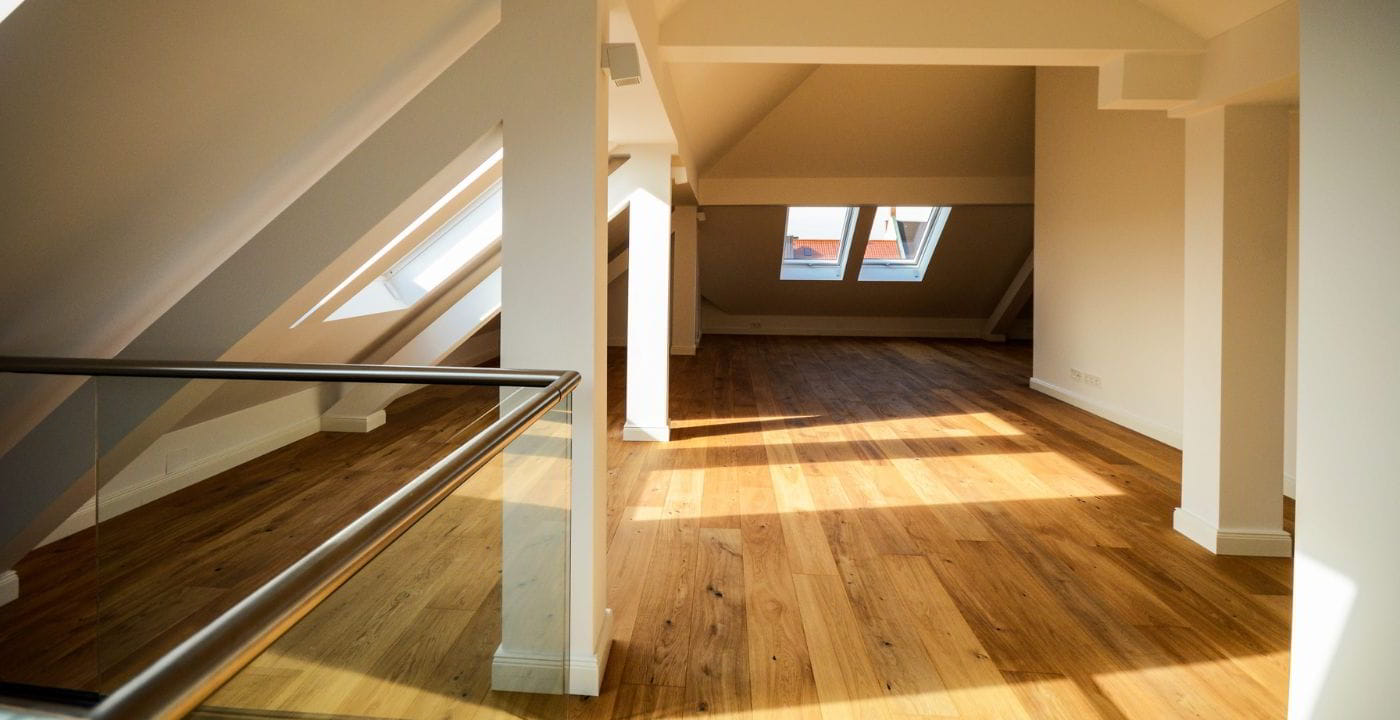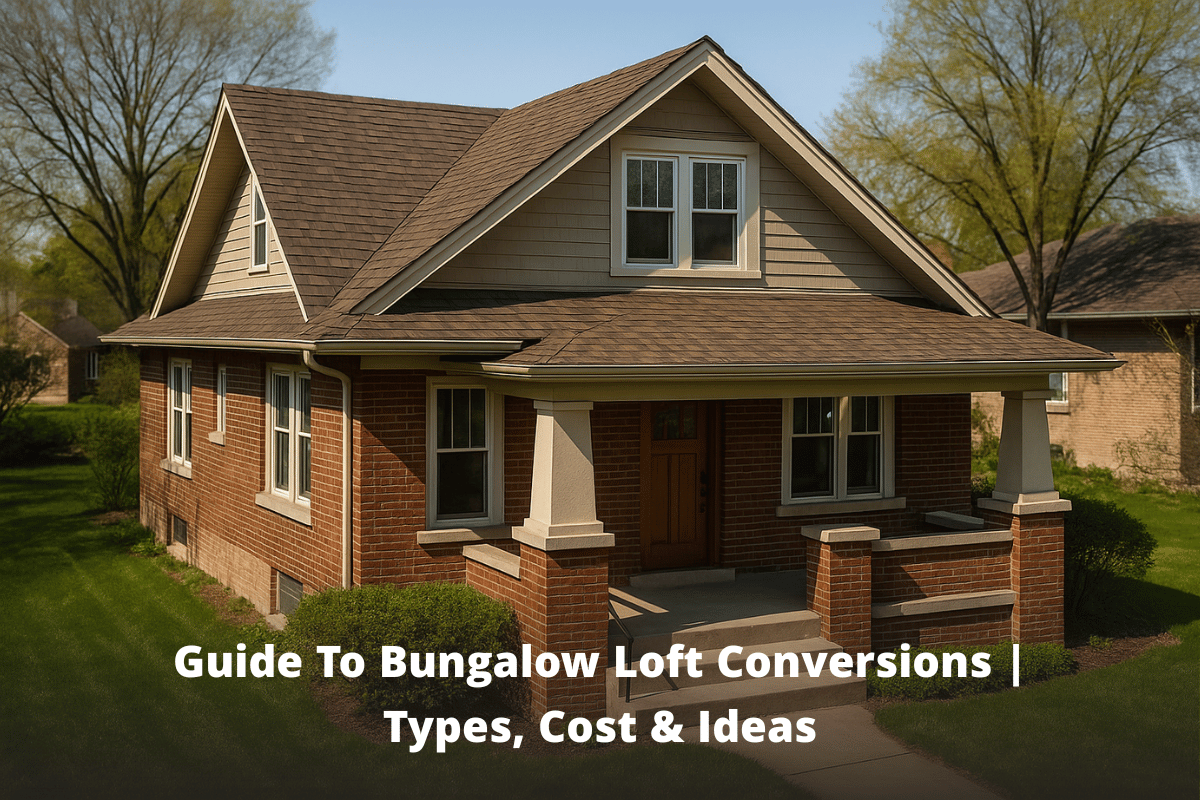
Key Summary
- Loft conversions require fire doors as per building regulations to ensure safety and compliance.
- Fire doors play a crucial role in preventing the rapid spread of fire and smoke and can hold a fire back for around 30 minutes.
- Fire regulations for loft conversions in the UK are outlined in the Building Regulations 2010 – Approved Document B.
- Elements that need to be considered to ensure compliance include fire resistance, detection and alarm systems, means of escape, compartmentation, and fire-resistant insulation.
- Other safety features you can consider include sprinkler systems, fire-resistant glazing, and mains-powered fire alarms can be used in conjunction with fire doors.
Do loft conversions need fire doors?
Let’s get straight into it; yes, you will need fire doors in a loft conversion. Building regulations specify that it is essential to have fire resisting doors fitted in a loft conversion to protect areas such as stairways as it is deemed too difficult to escape a fire via a window from anything higher than the first storey.
Now we’ve established that the fire doors are necessary in a loft conversion, let’s take a look into why they are so important.
Understanding Fire Regulations for Loft Conversions
When undertaking a loft conversion, it is crucial to be aware of the fire safety regulations in order to ensure the safety of the occupants and comply with legal requirements. These fire safety regulations are in place to prevent the rapid spread of fire and provide sufficient time for occupants to evacuate safely.
The Importance of Fire Doors in Loft Conversions
Fire doors are an essential component of fire safety in any building, including loft conversions, and they ensure the highest level of safety. These specialised doors are designed to withstand fire and smoke for a specific period, usually around 30 minutes, allowing occupants to escape and providing a barrier to prevent the spread of fire.
If you are in the process of drawing up plans for a loft conversion, you must factor fire doors into the final design.
Fire Regulations for Loft Conversions in the UK
The fire regulations for loft conversions in the UK are outlined in what is known as the Building Regulations 2010 – Approved Document B, so if you are wondering what makes a loft conversion legal, this is highly worth a read! Here, we’ve got the key requirements that must be adhered to for a loft conversion to meet fire safety regulations:
1. Fire Resistance
All escape routes, including staircases and corridors leading to an exit, must have a minimum level of fire resistance. This ensures that the escape routes remain accessible and safe in the event of a fire. Fire doors play a crucial role in maintaining the required level of fire resistance.
2. Fire Detection and Alarm Systems
Loft conversions must be equipped with an appropriate fire detection and alarm system. This system should consist of smoke detectors, heat detectors, and an audible alarm to provide early warning in case of a fire.
3. Means of Escape
It is essential to provide adequate means of escape in case of a fire. This typically includes a fire-resistant staircase leading to a final exit, ensuring that occupants can evacuate the building safely.
4. Compartmentation
Compartmentation is the division of a building into compartments or fire compartments to restrict the spread of fire. Loft conversions should be adequately compartmentalised to prevent the rapid spread of fire and smoke.
5. Fire-Resistant Insulation
Loft conversions should be insulated with fire-resistant materials to reduce the risk of fire spread. Fire doors contribute to containing fire within the loft conversion area, minimising the potential for fire to spread to other parts of the building.
Alternatives to Fire Doors in Loft Conversions

Building regulations stipulate that fire doors are essential on a loft conversion, and with an inspection by a fire safety expert taking place after the build, it simply isn’t possible to avoid installing them. Given their importance to protecting those within the building, we are sure you will agree that fire doors play an important role but there are other measures you can use in conjunction to further ensure safety.
Other fire safety features you may wish to consider alongside fire doors include:
- Sprinkler Systems: Installing an automatic sprinkler system can provide an effective means of fire suppression, reducing the need for fire doors in certain cases. However, the feasibility of installing a sprinkler system should be carefully evaluated based on factors such as water supply and system maintenance requirements.
- Fire-Resistant Glazing: Fire-resistant glass is designed to resist the effects of smoke and fire. It can be used in conjunction with other fire safety measures to provide a level of fire protection while maintaining visual aesthetics.
- Mains Powered Fire Alarm: A more dependable alarm system that doesn’t rely on you changing the batteries, these work in the same way as their battery counterparts in terms of sounding the alarm.
Meeting Loft Conversion Fire Regulations
To ensure your loft conversion meets fire regulations and is legal, it is important to consider the following key factors:
- Building Regulations Compliance: Compliance with the Building Regulations 2010 – Approved Document B is crucial. Engaging with a qualified architect or building control officer can help ensure that your loft conversion plans meet the necessary fire safety requirements.
- Professional Guidance: Seek professional guidance from a fire safety consultant or an architect with expertise in loft conversions. They can provide valuable insights and recommendations to ensure your loft conversion is both safe and compliant with fire regulations.
- Documented Fire Safety Strategy: Develop a comprehensive fire safety strategy for your loft conversion, which includes details on fire detection and alarm systems, fire doors, compartmentation, means of escape, and any alternative measures considered.
- Regular Maintenance and Inspections: Once your loft conversion is complete, it is essential to conduct regular maintenance and inspections to ensure that fire safety measures, including fire doors, remain in optimal condition. This will help maintain the safety and compliance of your loft conversion in the long term.
Summary
If you are planning a loft conversion, you will need to consider fire regulations within your plans, both for the safety of inhabitants, but also to ensure your conversion is legally compliant.
Your loft conversion must have fire resistant doors to adhere to building regulations, and there are no alternatives to this, although you can use other safety measures in conjunction with them. Consult with your building professionals who will be able to advise you and ensure you meet all the necessary regulations.




